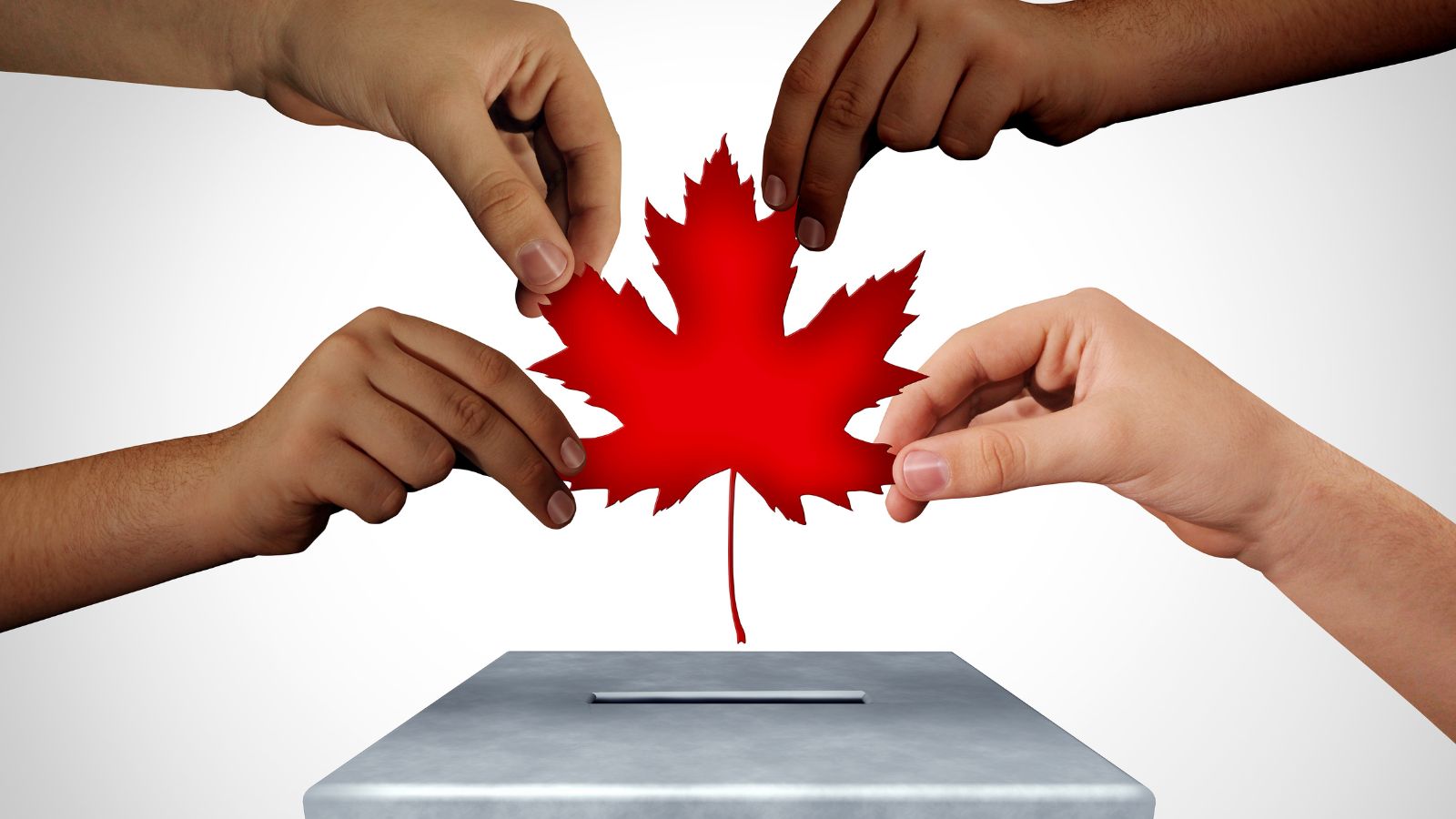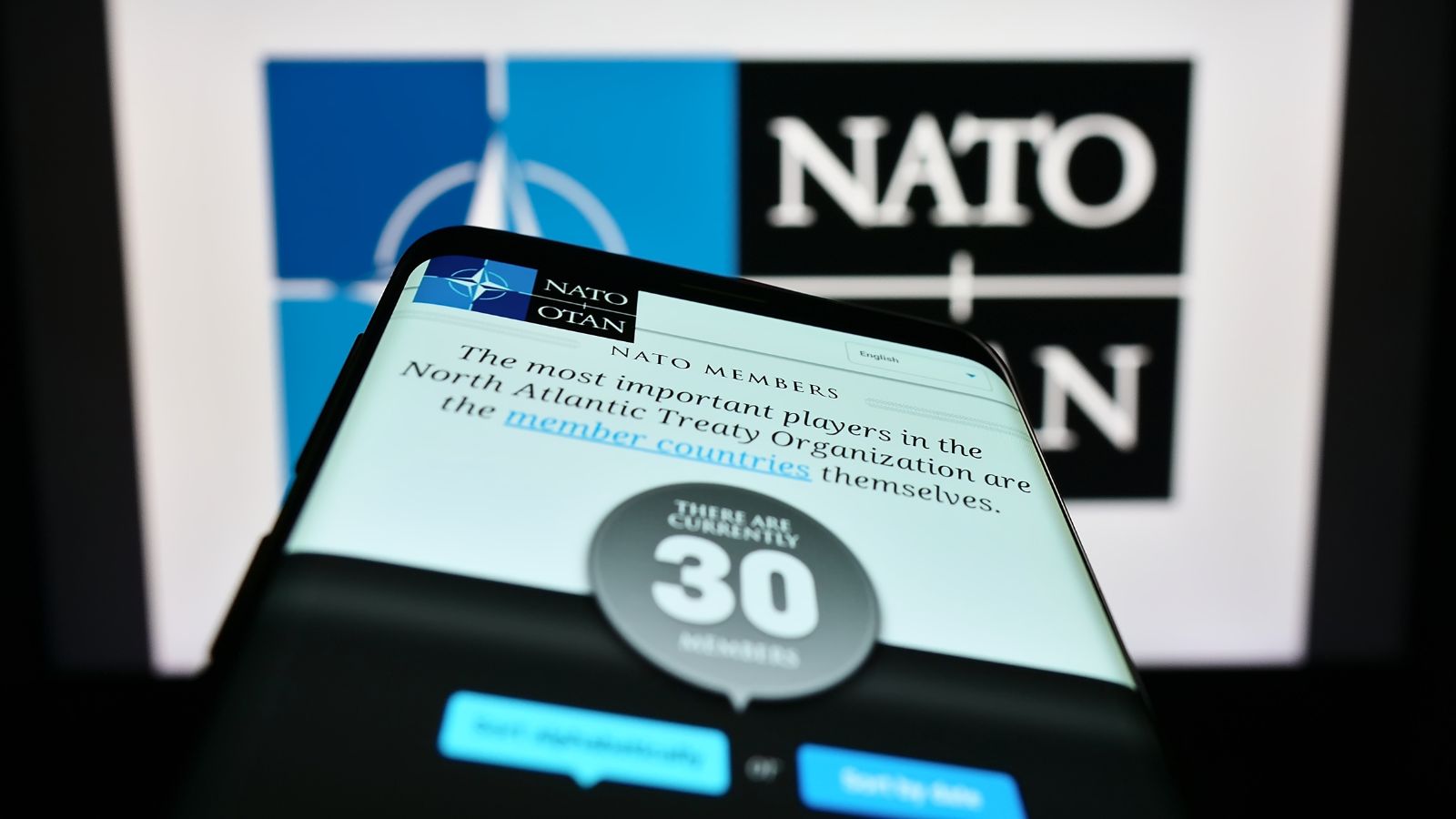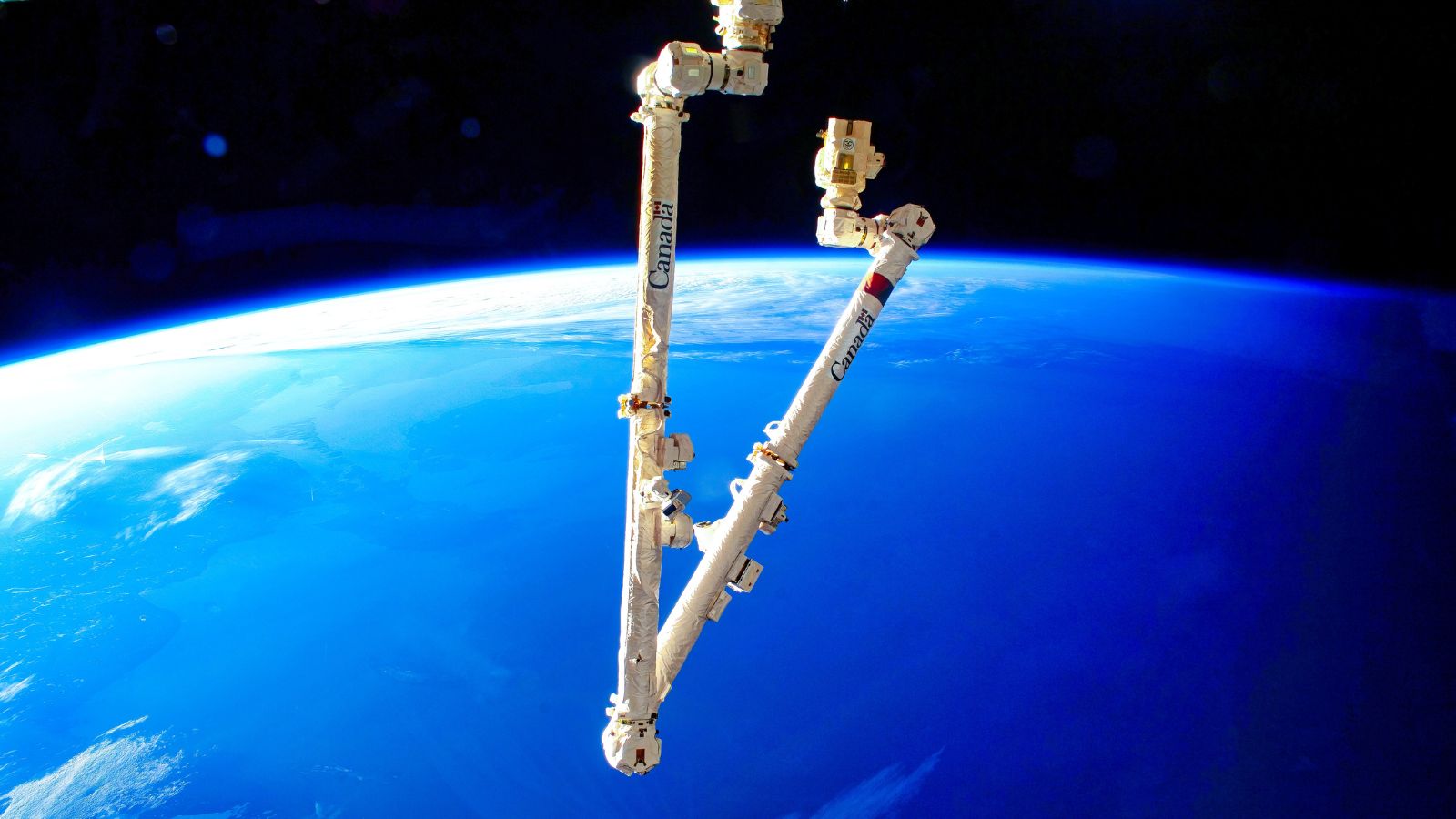Canada has long been viewed as America’s quieter northern neighbor. Still, recent developments across politics, the economy, healthcare, technology, and culture have shown that the country is charting its successful path—without needing to follow in the U.S.’s footsteps. From smart policy choices to distinct cultural developments, Canada is finding strength in self-reliance, international collaboration, and long-term planning. Here are 25 ways Canada is succeeding independently, avoiding dependency on American systems, ideologies, or influence.
Universal Health Care System

Canada’s publicly funded universal health care system remains one of the strongest pillars of its national identity. Unlike the American system, which heavily relies on private insurance, Canada’s health care ensures that all residents have access to essential medical services without direct charges at the point of care. This model has led to better overall health outcomes and higher life expectancy. According to The Commonwealth Fund, Canada ranks higher than the U.S. in health equity and access to care. Additionally, the system continues to evolve with innovations such as virtual health, demonstrating that a universal approach can be both sustainable and effective.
Gun Control Policies

The country’s firearm regulations prioritize public safety, featuring stringent licensing requirements and thorough background checks. Semi-automatic weapons are restricted or banned, and handguns are tightly controlled. After high-profile incidents, Canada implemented swift legislative action, such as the 2020 assault-style weapon ban. The rate of gun violence in Canada is also significantly lower than in the U.S. According to Statistics Canada, in 2022, the firearm homicide rate was 0.8 per 100,000 people, compared to over 4 in the U.S. Canadian policy shows that a measured, regulated approach can reduce gun-related deaths while maintaining lawful ownership.
Legalization and Regulation of Cannabis

Canada became the first G7 nation to legalize recreational cannabis in 2018 fully. Unlike fragmented U.S. state-level approaches, Canada’s federal framework ensures consistency in safety, taxation, and distribution. Health Canada oversees product standards, and provinces manage sales. This model has helped undermine illegal markets while creating jobs and generating tax revenue. Plus, according to Statistics Canada, cannabis contributed over $43 billion to the GDP between 2018 and 2023. The national framework also funds education and public health campaigns, positioning Canada as a global leader in sensible cannabis regulation.
Emphasis on Multilingualism

Canada’s commitment to bilingualism is embedded in its Constitution. English and French are both official languages, and government services are provided in both. Unlike the U.S., where English dominates, Canada has embraced multilingualism as part of its identity. Schools offer French immersion programs across provinces, and multicultural communities thrive in cities like Toronto and Montreal. This linguistic diversity enhances international diplomacy, cultural understanding, and inclusiveness. And, in a globalized world, Canada’s approach to multilingualism sets a strong example of coexistence without dominance by a single linguistic culture.
Immigration Strategy Based on Merit and Humanitarian Need

Canada’s immigration policy is points-based, evaluating applicants based on education, language skills, and work experience. It also includes robust refugee resettlement programs, ranking among the top globally. In 2022, Canada welcomed over 431,000 new permanent residents, with a clear target of 500,000 by 2025. This system contrasts with the politically contentious immigration debate in the U.S. and prioritizes long-term economic and demographic sustainability. Plus, the integration of newcomers into communities is also supported by extensive settlement services, making immigration a strategic asset rather than a divisive issue.
Public Broadcasting Leadership

The Canadian Broadcasting Corporation (CBC) plays a significant role in delivering independent, non-partisan news. Funded publicly, it ensures nationwide access to quality journalism and regional representation. Unlike many U.S. outlets influenced by corporate ownership and political agendas, CBC maintains editorial standards and transparency. CBC’s investment in Indigenous and multicultural content reflects the country’s diversity. Also, in 2023, CBC News was ranked among the most trusted news sources in Canada, indicating public confidence in government-supported media when managed responsibly.
Climate Policy Commitments

Canada has made significant strides in committing to climate goals through legislation, such as the Net-Zero Emissions Accountability Act. It has set targets to achieve net-zero greenhouse gas emissions by 2050. The federal carbon pricing strategy applies nationwide, incentivizing lower emissions. This approach contrasts with the state-by-state patchwork seen in the U.S. Canada’s leadership in clean energy sectors—hydropower, wind, and green tech startups—is bolstered by federal investment. According to the Canadian Climate Institute, these initiatives position Canada for sustainable economic growth while addressing global environmental concerns.
Indigenous Reconciliation Efforts

While Canada’s history with Indigenous communities includes deep injustices, the government has taken steps toward reconciliation, such as the Truth and Reconciliation Commission and land acknowledgments. In 2021, Canada established the National Day for Truth and Reconciliation. Funding for Indigenous health care, education, and housing has increased. Although progress is ongoing and imperfect, these institutional acknowledgments and legal actions demonstrate a willingness to confront the past. Additionally, the inclusion of Indigenous voices in policy-making distinguishes Canada from American frameworks, which often lack a comparable national-level strategy.
Ranked-Choice Voting in Municipal Elections

Although not yet federal, ranked-choice voting (RCV) has been implemented in places such as London, Ontario. This system allows voters to rank candidates by preference, encouraging consensus-building and reducing divisive politics. Unlike the U.S. two-party dominance, Canada’s openness to electoral reform suggests a willingness to experiment with fairer democratic models. Studies show that RCV reduces negative campaigning and enhances voter engagement. These trials at the municipal level indicate potential for broader electoral improvements without relying on outdated models.
Affordable Higher Education

Universities in Canada, while not free, are significantly more affordable than their American counterparts. Domestic students pay an average annual tuition fee of around $7,000, compared to over $30,000 at many U.S. institutions. Public funding also keeps costs down and ensures access to quality education. The result is lower student debt and better educational equity. Additionally, government programs such as the Canada Student Loans and Grants system further enhance affordability. The emphasis on access over profit ensures that higher education supports social mobility rather than becoming a financial burden.
Public Transit Investments

Canadian cities have made meaningful investments in public transit infrastructure. Projects like Toronto’s Eglinton Crosstown LRT, Montreal’s REM system, and Vancouver’s SkyTrain expansion reflect a long-term commitment to sustainable mobility. While the U.S. struggles with car-centric development and underfunded transit, Canada prioritizes urban livability. Federal and provincial funding mechanisms encourage the integration of transit planning. These efforts improve air quality, reduce congestion, and make cities more inclusive. Additionally, according to the Canadian Urban Transit Association, public transit in Canada supports over 120,000 jobs and generates economic and environmental benefits.
Ban on Single-Use Plastics

In 2022, Canada began phasing out single-use plastics, including straws, bags, and cutlery. This federal initiative aims to eliminate plastic waste by 2030. Unlike fragmented regulations in the U.S., Canada’s top-down approach has accelerated behavioral change and innovation in biodegradable alternatives. The policy is also backed by scientific research and environmental assessments. Retailers and manufacturers have adapted quickly, showing the feasibility of coordinated environmental policy. All in all, the ban signals Canada’s leadership in addressing global waste problems through decisive action.
Strong Social Safety Net

Canada’s social support system includes Employment Insurance, the Canada Child Benefit, Old Age Security, and provincial welfare programs. During the COVID-19 pandemic, the Canada Emergency Response Benefit (CERB) showcased the system’s adaptability. These supports reduce poverty and provide economic stability. In 2023, Canada’s poverty rate was under 7%, compared to 11.5% in the U.S. Also, according to the OECD, Canada’s income redistribution mechanisms contribute to lower inequality. Additionally, the social safety net embodies a policy philosophy that prioritizes collective well-being, eschewing the American-style debates over entitlement.
Peacekeeping and Multilateral Diplomacy

Canada is recognized for its legacy of peacekeeping and commitment to multilateral diplomacy. It has participated in over 50 UN peacekeeping missions and supports international institutions like NATO and the WHO. While the U.S. often adopts a unilateral foreign policy stance, Canada emphasizes cooperation and consensus. This approach strengthens Canada’s global reputation as a mediator and responsible global citizen. Its diplomatic strategy focuses on soft power, earning respect and influence without coercion. The emphasis on global partnerships is central to Canada’s independent foreign policy identity.
Protections for Press Freedom

Canada consistently ranks high in global press freedom indices. Laws protect journalists from government interference, and access to information is a legal right under the Access to Information Act. Regulatory bodies, such as the Canadian Radio-television and Telecommunications Commission (CRTC), maintain content standards. This framework ensures media diversity and independence. Also, the 2024 Reporters Without Borders index ranked Canada 15th globally, far ahead of the U.S. The consistent protection of press freedoms, free from politicization, has helped maintain public trust and journalistic integrity.
Proactive Pandemic Response

Canada’s pandemic strategy involved federal coordination, clear public health messaging, and high vaccine uptake. Provinces worked with the Public Health Agency of Canada to deliver targeted responses. The result was a lower COVID-19 death rate per capita than in the U.S. The rapid procurement of vaccines and adequate border controls were instrumental in mitigating the waves. Federal income support cushioned the economic impact. While no response was perfect, Canada’s measured, science-based approach reduced long-term harm and showed resilience without politicizing public health guidance.
Independent Space Innovation

Canada has made strategic investments in space exploration through the Canadian Space Agency (CSA). Contributions include the Canadarm, Mars rover instrumentation, and involvement in the Lunar Gateway mission. The CSA partners with international agencies while maintaining its research agenda. Canada is also a signatory to the Artemis Accords, positioning itself as a key player in the future of space collaboration. And, with a focus on robotics, Earth observation, and satellite technology, Canada demonstrates that innovation in space doesn’t require mimicry but strategic independence.
Early Childhood Education Programs

Canada is rolling out a $10-a-day child care plan, a significant policy aimed at supporting working families and promoting early learning. This initiative, announced in 2021, aims to improve access and quality across provinces. Unlike the U.S., where early childhood care is often privatized and expensive, Canada’s plan is publicly funded. Research indicates that early childhood education has a positive impact on long-term academic and economic outcomes. By 2026, the program aims to create 250,000 new childcare spaces. It reflects a forward-thinking investment in the next generation.
Net Neutrality Protections

The country has upheld strong net neutrality regulations through the CRTC. Internet providers cannot favor or throttle content, ensuring equal access for users and businesses. This principle supports innovation and free expression online. In contrast, the U.S. repealed federal net neutrality rules in 2017. Canada’s stance preserves digital fairness, especially for startups and content creators. By prioritizing consumer rights and market competitiveness, net neutrality protections contribute to a healthier digital ecosystem that serves all Canadians, not just large corporations.
Access to Clean Water

Canada has abundant freshwater resources and a legal framework to protect them. Efforts are ongoing to address boil water advisories in Indigenous communities, with significant federal investment. The Safe Drinking Water for First Nations Act, along with funding for wastewater infrastructure, demonstrates a commitment to clean water as a human right. Plus, Canada avoids the regulatory rollbacks and privatization seen in parts of the U.S. Environmental NGOs and citizens participate actively in water protection, indicating a culture of stewardship and accountability.
Banning Conversion Therapy

In 2021, Canada passed legislation criminalizing conversion therapy nationwide. This move protects LGBTQ+ individuals from harmful pseudoscientific practices. While U.S. bans vary by state, Canada implemented a federal prohibition. The law includes penalties for promoting or profiting from conversion therapy. Human rights organizations praised the legislation as comprehensive and affirming of human rights. It reflects Canada’s broader commitment to equality and bodily autonomy. By legislating against discrimination in all forms, Canada establishes legal safeguards that don’t rely on patchwork protections.
Cultural Funding and Arts Promotion

Canada supports its creative industries through agencies like Telefilm Canada and the Canada Council for the Arts. Funding ensures that Canadian stories are produced and seen, domestically and abroad. The Canadian Content (CanCon) requirements ensure local music, film, and media reach national audiences. This contrasts with the U.S. reliance on commercial viability. Programs like the Canadian Media Fund have launched globally recognized productions, including “Schitt’s Creek” and “Kim’s Convenience.” Cultural funding is viewed not as a subsidy but as a national investment in identity.
Strong Banking and Financial Regulation

Canada’s banking sector is known for its stability, with strict oversight from the Office of the Superintendent of Financial Institutions. During the 2008 financial crisis, no Canadian banks failed, a stark contrast to the U.S. experience. Conservative lending practices, capital requirements, and risk management protocols are standard. The World Economic Forum has repeatedly ranked Canada’s banking system among the soundest globally. This cautious yet practical regulatory framework has enabled consistent growth without needing speculative excess.
Independent Tech Regulation

Canada has taken steps to regulate digital platforms through legislation, such as the Online News Act and the pending Online Harms legislation. These laws aim to ensure platforms compensate news creators and address harmful content. The CRTC has also begun oversight of streaming giants to support Canadian content. Rather than waiting for U.S. tech companies to self-regulate, Canada is proactively shaping its digital landscape. This regulatory independence strikes a balance between innovation and public interest, ensuring that digital growth aligns with Canadian values and priorities.
Electoral Integrity and Public Trust

Elections Canada, an independent, non-partisan agency, administers Canada’s federal elections. Voter ID laws are clear but not restrictive, and commissions, not politicians, draw electoral boundaries. There is broad public trust in election outcomes, with minimal disputes or misinformation. Turnout remains higher than in the U.S., and electoral processes are transparent. Also, the integrity of elections is maintained without politicization or interference, showing that trust in democratic institutions can be built and preserved.
21 Products Canadians Should Stockpile Before Tariffs Hit

If trade tensions escalate between Canada and the U.S., everyday essentials can suddenly disappear or skyrocket in price. Products like pantry basics and tech must-haves that depend on are deeply tied to cross-border supply chains and are likely to face various kinds of disruptions
21 Products Canadians Should Stockpile Before Tariffs Hit
